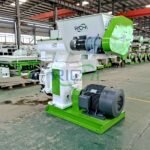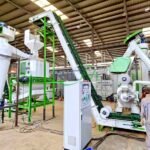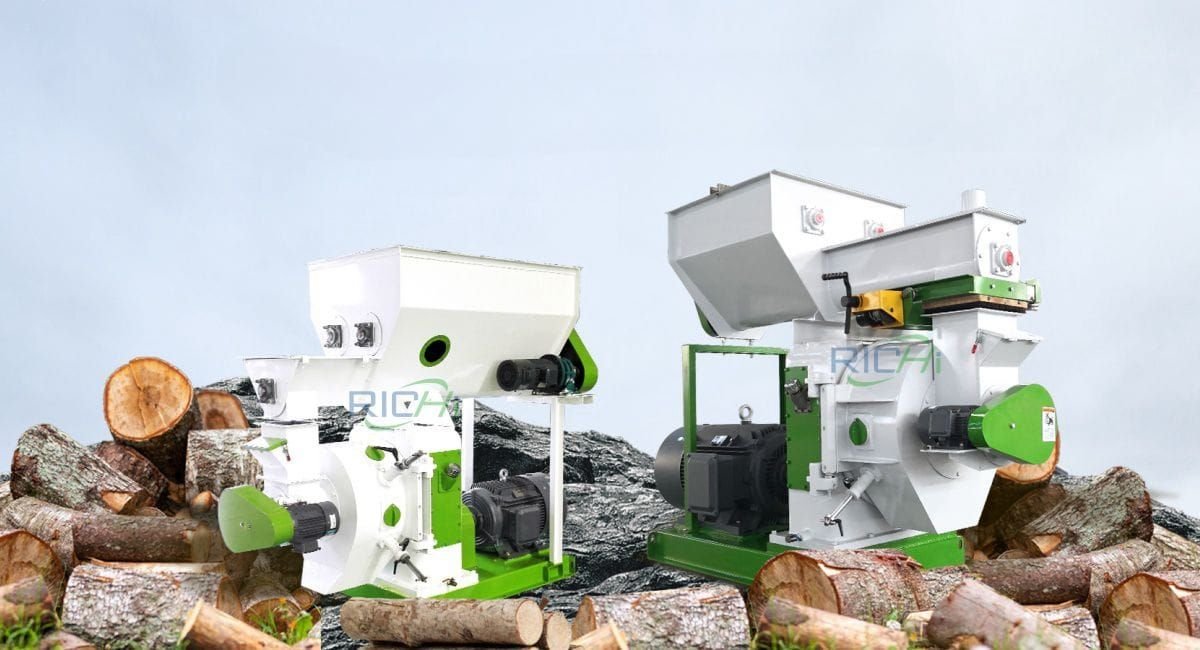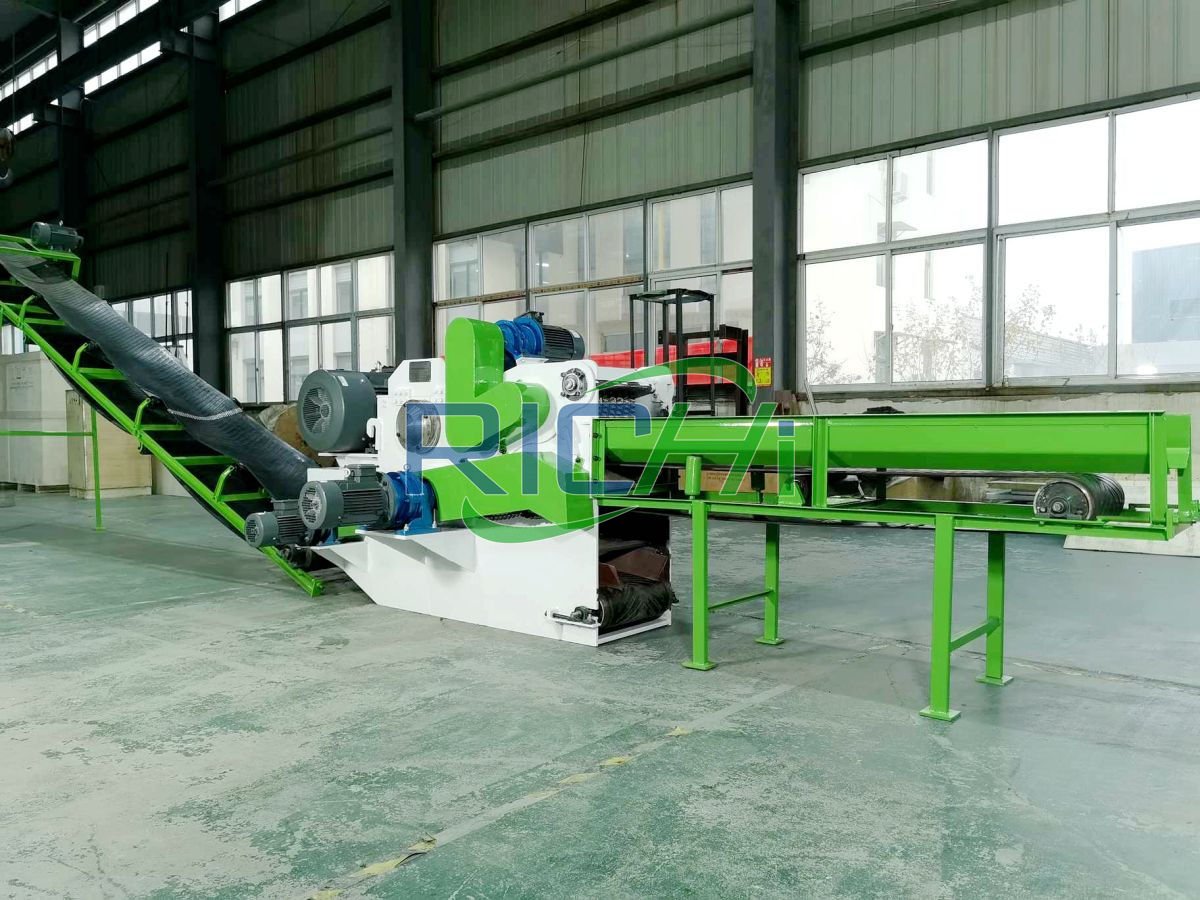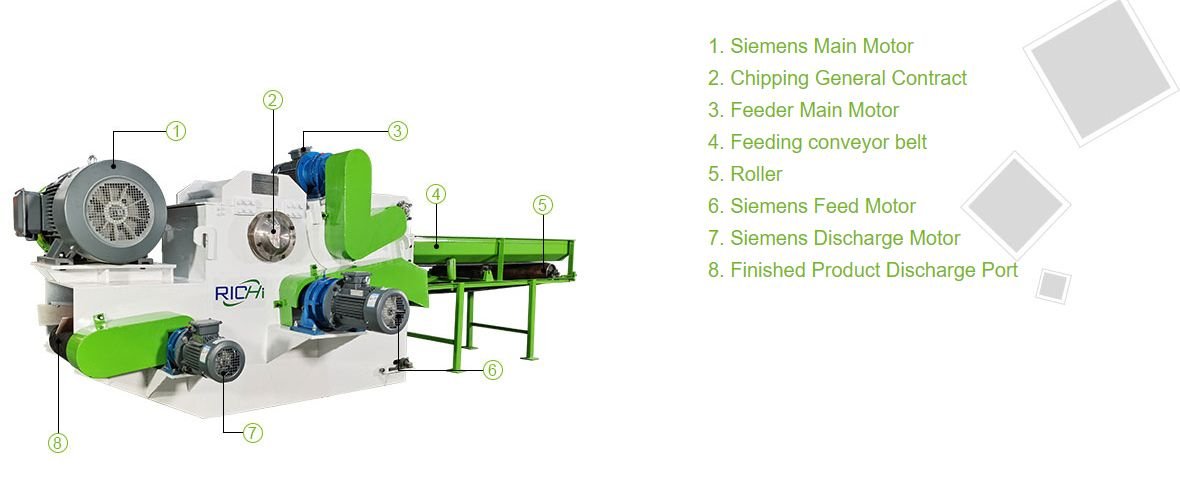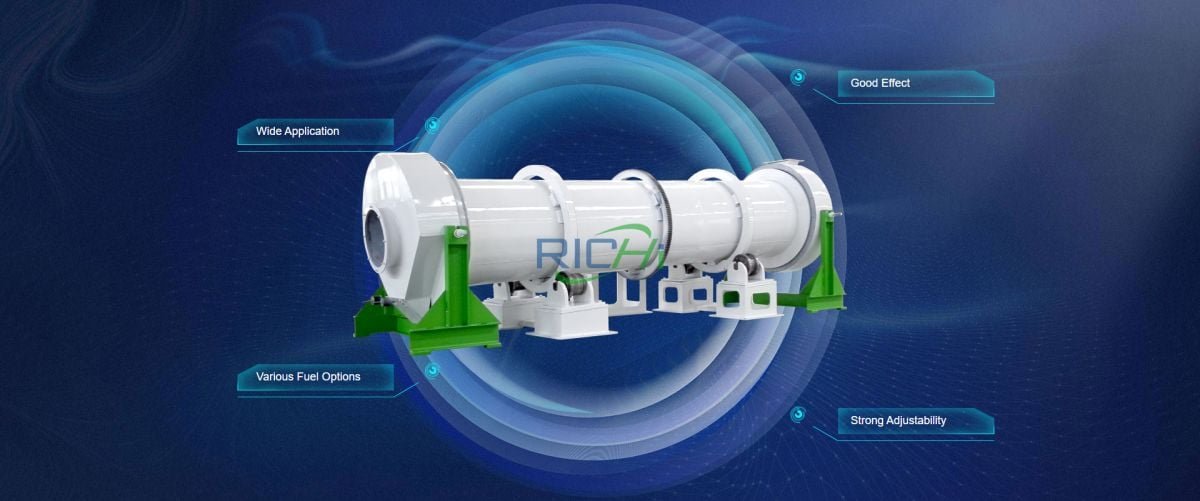Straw pellet machines have become a vital tool in modern agriculture, offering a sustainable and efficient way to utilize agricultural waste. These machines convert various types of straw, such as wheat, rice, maize, and cotton straw, into compact, high-density pellets. This article explores the diverse applications of straw pellet machines in agriculture and highlights their benefits.
- Biomass Fuel Production
One of the primary applications of straw pellet machines is the production of biomass fuel. Straw pellets serve as an eco-friendly alternative to fossil fuels, offering several advantages:
- Renewable Energy Source: Straw is a renewable resource, and converting it into pellets provides a sustainable energy solution.
- High Calorific Value: Straw pellets have a higher calorific value compared to raw straw, making them an efficient fuel for heating and power generation.
- Reduced Emissions: Using straw pellets as fuel reduces greenhouse gas emissions compared to burning raw straw or fossil fuels.
Straw pellets are used in various settings, including residential heating, industrial boilers, and power plants. They help reduce reliance on non-renewable energy sources and contribute to environmental sustainability.
- Animal Bedding
Straw pellets are also widely used as animal bedding, offering several benefits over traditional straw bedding:
- Absorbency: Straw pellets are highly absorbent, helping to keep animal stalls dry and reducing odor.
- Ease of Handling: Pellets are easier to handle, store, and transport compared to loose straw.
- Reduced Waste: Using pellets minimizes waste and makes cleaning stalls more efficient.
Straw pellets are particularly popular for bedding horses, poultry, and other livestock, providing a comfortable and hygienic environment for animals.
- Animal Feed
Another significant application of straw pellet machines is in the production of animal feed:
- Nutritional Value: Straw contains essential nutrients such as nitrogen, phosphorus, potassium, and calcium. Pelletizing straw helps preserve these nutrients and makes them more accessible to animals.
- Improved Digestibility: The pelletizing process breaks down the fibrous structure of straw, improving its digestibility for ruminants like cattle and sheep.
- Feed Efficiency: Pellets reduce feed waste and ensure consistent nutrient intake, contributing to better animal health and productivity.
Straw pellets can be used as a supplementary feed source, providing a cost-effective alternative to traditional feed ingredients.
Related post:straw pellet plant
- Soil Amendment and Fertilizer
Straw pellets can also be used as a soil amendment and organic fertilizer:
- Soil Enrichment: Straw pellets add organic matter to the soil, improving its structure, water retention, and fertility.
- Slow-Release Nutrients: Pellets decompose slowly, providing a steady release of nutrients to plants.
- Sustainable Farming: Using straw pellets as fertilizer promotes sustainable farming practices by recycling agricultural waste back into the soil.
This application is particularly beneficial for organic farming, where chemical fertilizers are avoided.
- Mushroom Cultivation
Straw pellets are an excellent substrate for mushroom cultivation:
- Consistent Quality: Pellets provide a consistent and uniform substrate, promoting healthy mushroom growth.
- Ease of Handling: Pellets are easy to store, transport, and mix with other substrates.
- Sterilization: The pelletizing process helps sterilize the straw, reducing the risk of contamination.
Mushroom growers use straw pellets to cultivate various types of mushrooms, including oyster and shiitake mushrooms.
- Erosion Control
In landscaping and construction, straw pellets are used for erosion control:
- Slope Stabilization: Pellets help stabilize slopes and prevent soil erosion in construction sites and agricultural fields.
- Revegetation: Pellets provide a nutrient-rich medium for establishing new vegetation, promoting soil health and preventing erosion.
This application demonstrates the environmental benefits of straw pellets beyond traditional agricultural uses.
- Industrial Applications
Straw pellets have several industrial applications:
- Paper Production: Straw pellets can be used as a raw material for paper production, offering a sustainable alternative to wood pulp.
- Bio-based Plastics: Pellets are used in the production of bio-based plastics, contributing to the development of sustainable materials.
- Chemical Extraction: Straw contains valuable compounds that can be extracted and used in various industrial processes.
These applications highlight the versatility of straw pellets in different industrial sectors.
Conclusion
Straw pellet machines have a wide range of applications in agriculture, providing sustainable solutions for biomass fuel production, animal bedding, animal feed, soil amendment, mushroom cultivation, erosion control, and industrial uses. By converting agricultural waste into valuable pellets, these machines help farmers and industries reduce waste, improve efficiency, and promote environmental sustainability.
The adoption of straw pellet machines aligns with global efforts to combat climate change and promote sustainable agricultural practices. As technology continues to advance, the efficiency and versatility of these machines are expected to improve, further expanding their applications and benefits.For farmers and agricultural businesses, investing in a straw pellet machine can lead to significant economic and environmental advantages. By making the most of available straw resources, they can enhance productivity, reduce costs, and contribute to a more sustainable future.


